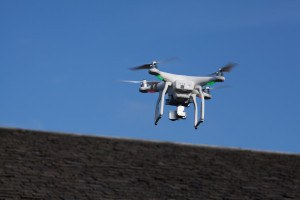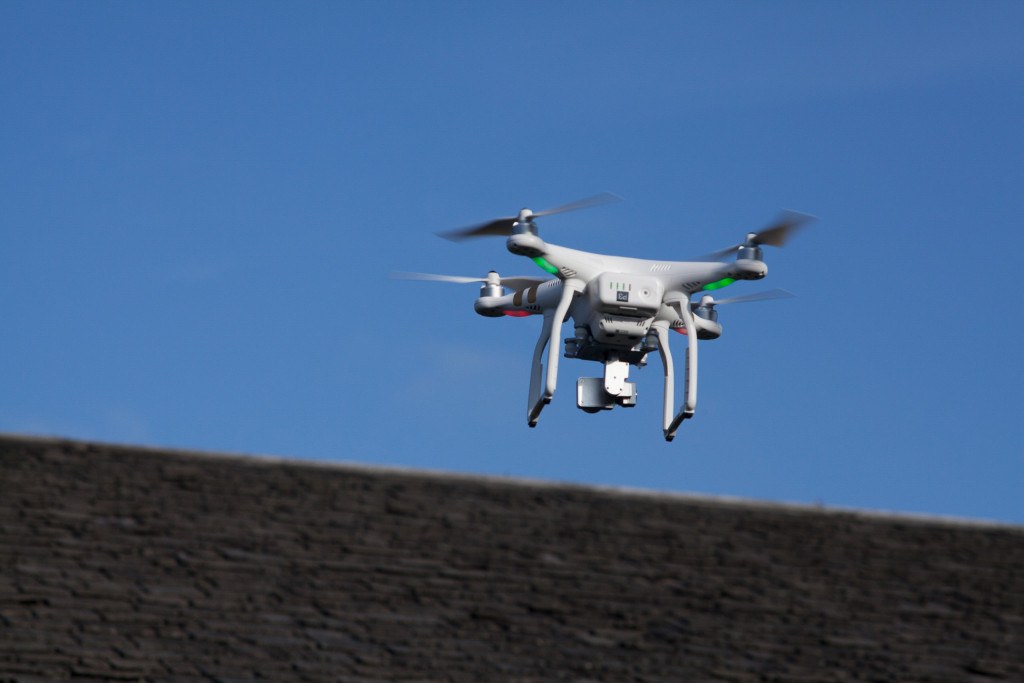The recent release of Federal Aviation Administration (FAA) rules for drones weighing less than 55 pounds will allow drones to be used in more commercial applications, like during claims inspections of individual homes.
Susan Williams, content strategist with CoreLogic, discussed the FAA’s recent issuance of commercial drone rules and their impact on the insurance industry’s use of the technology in a podcast interview with Claims Journal.
Prior to the release of the new rules, some insurers were already testing the use of drones for claims handling.

Williams explained that current insurance drone testing programs are operating under the FAA section 333 exemption, which is valid for two years. When the current exemptions expire, carriers can decide if they want to continue to operate under the exemption or under the new Part 107 Rule.
The new rules, which go into effect on August 29, will not impact insurers as much as it will impact the insurance market in general.
“It [the new rules] will make it easier for insurers and other third party vendors in the insurance market, like inspection companies or independent adjusters, who don’t already have any kind of a drone program to begin working with drones,” said Williams.
She explained that the 333 exemption was actually a barrier for some companies wanting to test drones because of its complicated process.
Both share many of the same restrictions, Williams said. Operators will still be required to maintain visual line of sight during the day, keep drones below 400 feet and obtain special permission to operate drones within five miles of an airport. Eventually, Williams said, pre-programming of flight paths and geo-fencing could mean some of these restrictions will be lifted in the future. However, that type of advanced technology is still being honed, she said.
Even with the newly released rules, Williams expects that insurers will integrate drones into their operations by using a hybrid approach. Because the new rules don’t make it any easier to collect data over a wide area using drones – something that would require waivers – Williams expects that drone use will complement other resources such high resolution aerial imagery and field adjusters. This will allow claims departments to desk-adjust most claims, while reserving boots-on-the-ground and drone data collection for complicated or questionable claims that need additional research, she said.
There are obvious benefits in using drones for specific functions, she said. Insurers can offer more responsive customer service and deploy resources appropriately.
Even with the benefits, limitations in the use of drones in claims handling still exists. For example, Williams said drones can only be used for analysis of exterior claims.
“Also, they can’t really replace any kind of activity that requires physical interaction with a structure. So, collecting samples or using any kind of a tool to…lift shingles to look at the substructure of a roof,” explained Williams.
Their small size makes them more vulnerable to weather and limited battery life limits range and flight time. In addition, landscape features like trees and powerlines can hinder a drone’s ability to collect data. Technological limitations related to data capture, processing and storage on a macro scale also exist.
In catastrophic events, like tornadoes or hurricanes, Williams said a carrier might need a fleet of drones in which case aerial imagery may be more cost effective.
“To put it into perspective, if you think about Hurricane Andrew in Florida, it covered about 1500 square miles when it struck Florida. You can imagine having to cover that, even with fleets of drones working for weeks,” said Williams.
Other scalability issues include imagery which can’t be downloaded or geo-corrected in flight, rather it can be done only after a drone has landed. Aerial imagery, on the other hand, is available within hours of capture. The use of drones in a catastrophe setting could cause interference with first responders, Williams explained.
The CoreLogic content strategist doesn’t think drones will take over claims handling entirely, rather the technology offers the potential for more efficient processing of claims.
“Drone imagery and super high resolution aerial imagery will be an increasingly large and important part of the claims adjusters’ tool kit that will end up changing the whole dynamic of the claims settlement process,” Williams said. “With so many tools to choose from I expect that in the future, carriers will end up developing guidelines…by risk type for what the appropriate tools are to use,” explained Williams.
Was this article valuable?
Here are more articles you may enjoy.


 Trump Sues BBC for $10 Billion Over Documentary Edit
Trump Sues BBC for $10 Billion Over Documentary Edit  Wells Fargo Sued by Ex-Manager Who Said Bank Faked Diversity
Wells Fargo Sued by Ex-Manager Who Said Bank Faked Diversity  Tesla Drivers Are Buying Escape Tools and Cars to Avoid Getting Trapped Inside
Tesla Drivers Are Buying Escape Tools and Cars to Avoid Getting Trapped Inside  Poorer Americans Dropped Federal Flood Insurance When Rates Rose
Poorer Americans Dropped Federal Flood Insurance When Rates Rose 